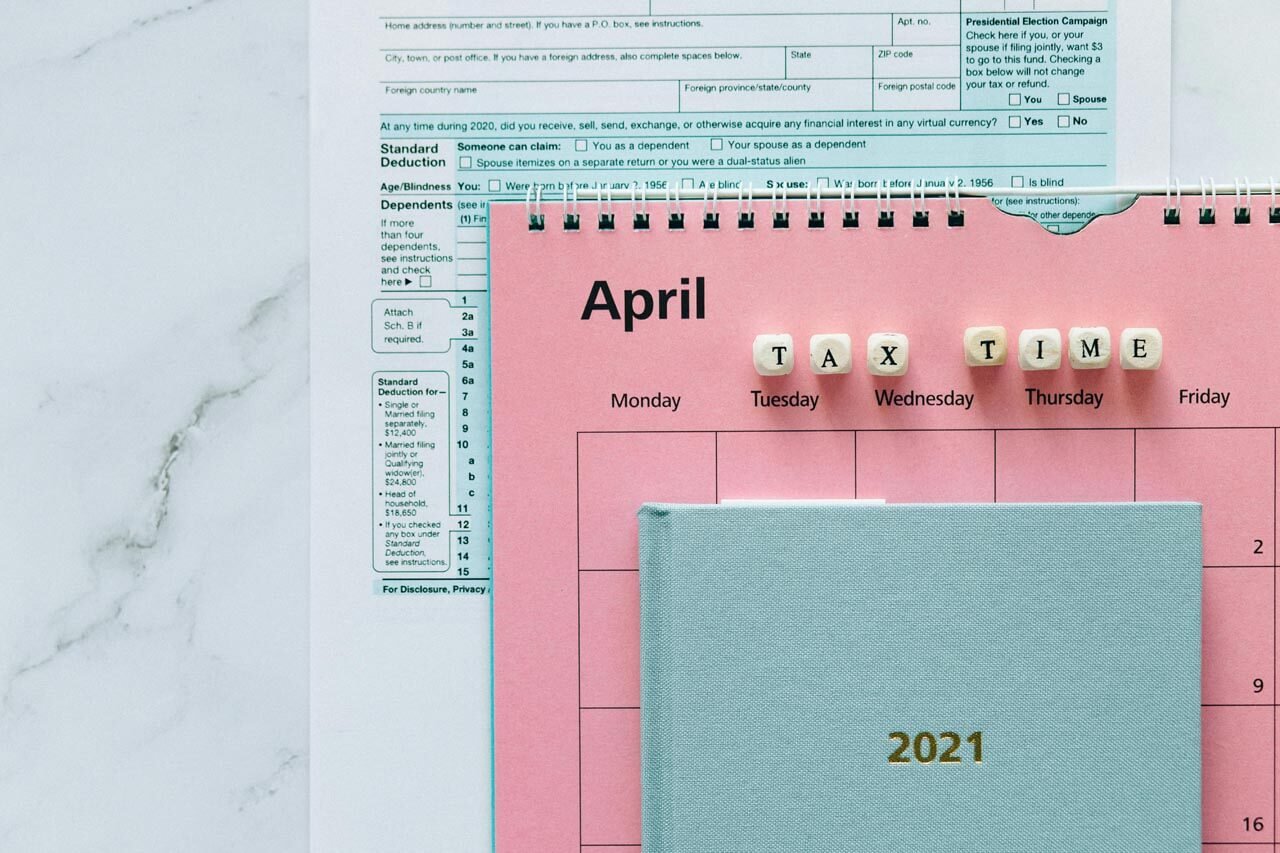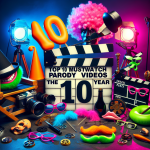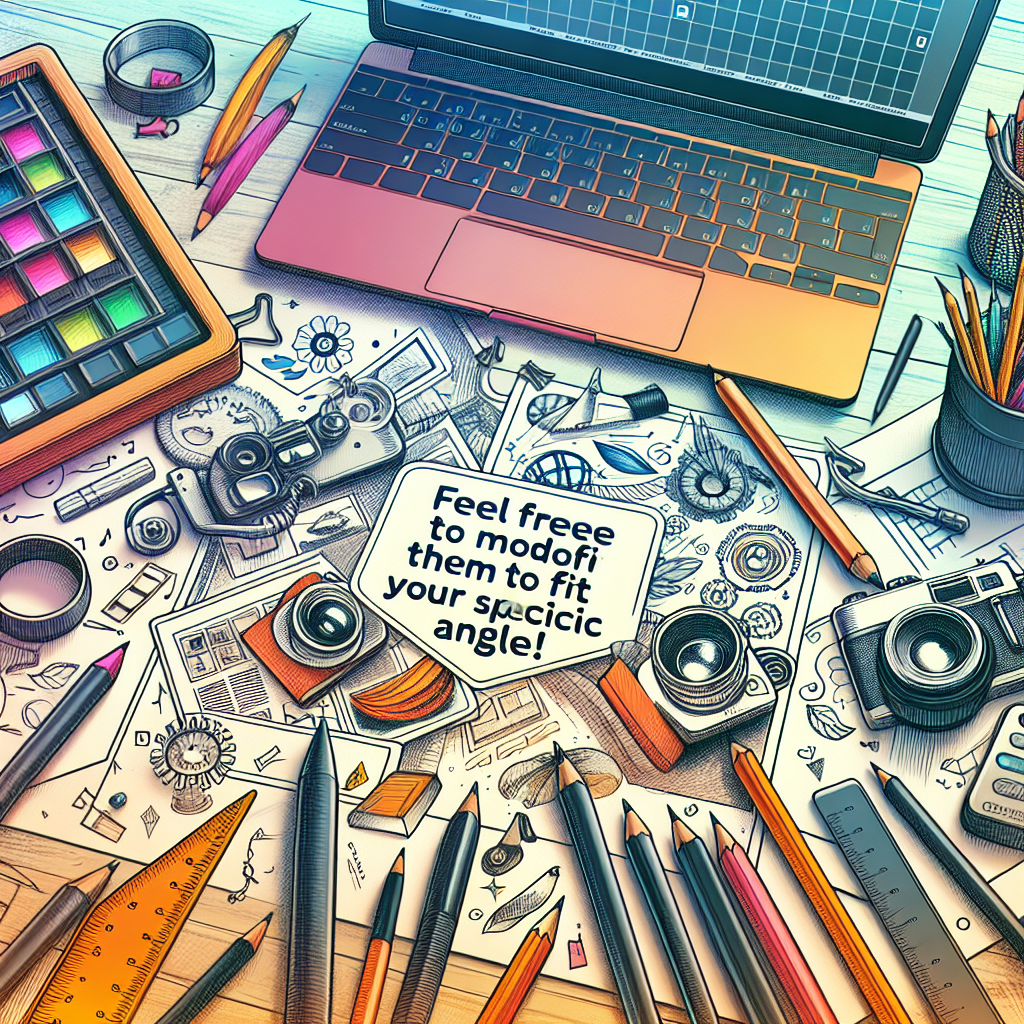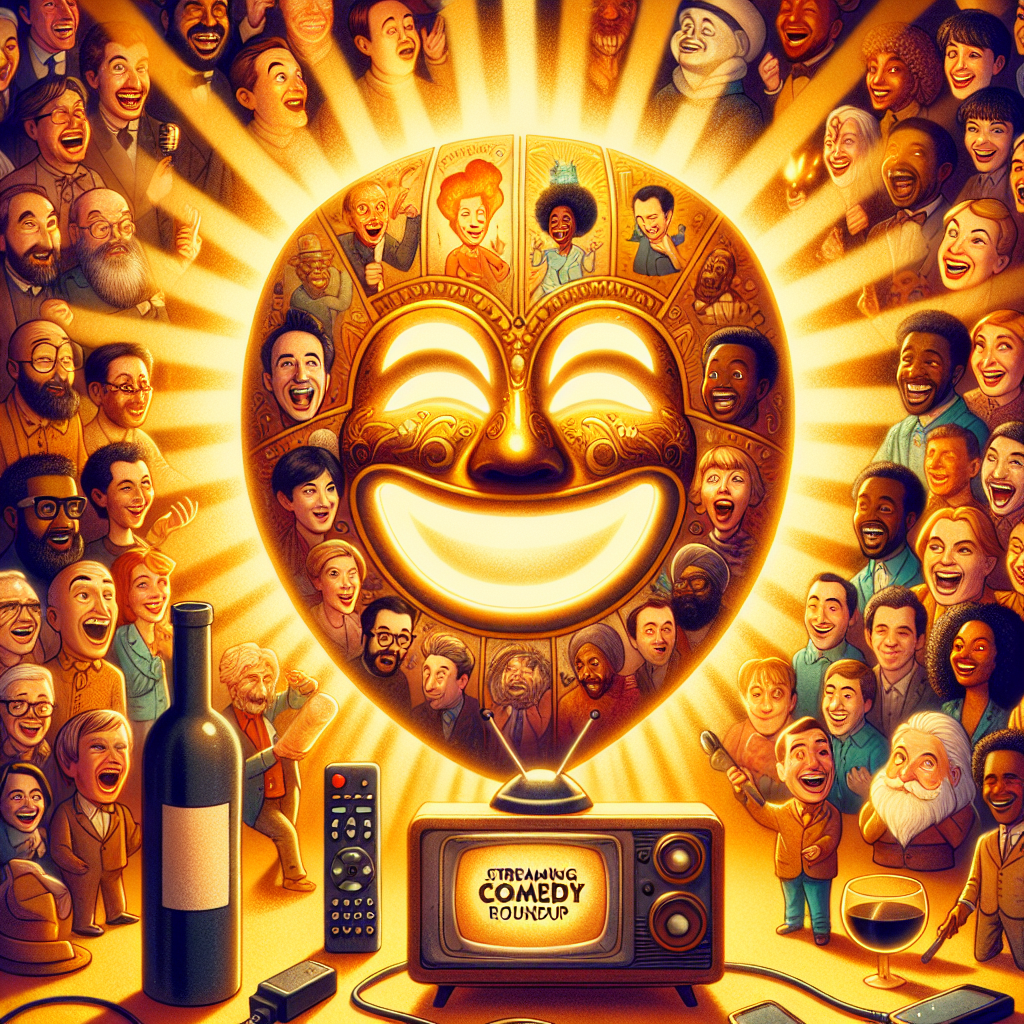When Humor Meets Heart: The Impact of Parody Videos on Pop Culture

Table of Contents
- The Origins of Parody in Pop Culture
- What is Parody?
- The Birth of Parody Videos
- The Role of Parody Videos in Cultural Commentary
- Social Commentary Through Satire
- Case Study: “Weird Al” Yankovic
- Engaging Younger Audiences
- The Economic Impact of Parody Videos
- Stimulating Trends and Consumer Behavior
- The Rise of Influencer Collaboration
- The Emotional Connection of Humor
- Building Community Through Laughter
- Addressing Difficult Topics
- The Future of Parody Videos in Digital Culture
- The Evolution of Content Consumption
- Navigating Copyright and Fair Use
- Conclusion
In the ever-evolving landscape of pop culture, few forms of expression resonate as deeply as parody videos. These creative morsels, combining humor and critique, serve not only to entertain but also to provoke thought and discussion. This article delves into the impact of parody videos on pop culture, exploring their origins, evolution, and the unique ways in which they influence societal norms and consumer behavior.
The Origins of Parody in Pop Culture
What is Parody?
Parody can be understood as a humorous imitation of a particular genre, work, or style, often exaggerating its characteristics to elicit laughter. Historically, this art form has roots in literature, with notable examples from figures such as Aristophanes and Shakespeare. In contemporary terms, however, parody has taken on a new life through digital platforms, particularly video-sharing sites like YouTube.
The Birth of Parody Videos
The transition from scripted parody to video format began in the late 20th century, with television shows such as "Saturday Night Live" and "The Simpsons" paving the way. However, the advent of the internet significantly broadened accessibility, democratizing content creation. Platforms like YouTube and TikTok allowed individuals and small creators to engage with popular media in ways that were previously unimaginable.
The Role of Parody Videos in Cultural Commentary
Social Commentary Through Satire
One of the most significant aspects of parody videos is their ability to provide social commentary. By exaggerating and poking fun at cultural norms, these videos highlight societal issues in engaging and thought-provoking ways. For example, parodies of political figures can illustrate public sentiment regarding governance, while spoofs of consumer products can critique materialism.
Case Study: “Weird Al” Yankovic
Musician “Weird Al” Yankovic has been a stalwart figure in the parody genre for decades. His work exemplifies how humor can serve as a mirror reflecting society’s absurdities. His parodies of popular songs often contain sharp social commentary, prompting listeners to reconsider the original messages embedded in the mainstream hits. Learn more about Weird Al’s influence here.
Engaging Younger Audiences
Parody videos have become increasingly popular among younger demographics, particularly Generation Z. As a generation characterized by a natural fluency in digital language, they gravitate towards content that is instantly relatable and shareable. Parody allows for an exploration of topics ranging from self-identity to societal values in a format that’s easily digestible.
The Economic Impact of Parody Videos
Stimulating Trends and Consumer Behavior
Parody videos can significantly influence consumer behavior and trends. The ability to create viral content means that parodists can capture attention swiftly. Brands often leverage parody to create humorous advertisements that resonate with viewers. For instance, a witty parody of a product launches may generate interest and increase sales, showcasing the balance between humor and marketing effectiveness.
The Rise of Influencer Collaboration
Brands increasingly collaborate with parody content creators to reach wider audiences. These partnerships help brands tap into the creator’s established followers while maintaining a sense of authenticity. The success of such collaborations demonstrates how humor can effectively bridge the gap between consumers and brands, making marketing feel less intrusive and more relatable.
The Emotional Connection of Humor
Building Community Through Laughter
At its core, humor possesses the ability to forge connections. Parody videos often provide a shared experience among audiences, allowing them to engage in laughter together. This communal aspect is vital in fostering a sense of belonging, particularly during challenging times. In a world increasingly divided by various social and political issues, parody serves as a uniting force.
Addressing Difficult Topics
Humor also aids in addressing sensitive or difficult topics. Parody creates a safe space for discussions surrounding issues such as mental health, societal norms, and political unrest. By presenting these topics through humor, creators can explore complexities without alienating their audience.
The Future of Parody Videos in Digital Culture
The Evolution of Content Consumption
As technology advances, so does the medium through which parody is consumed. Platforms such as TikTok have revolutionized the way short-form content is created and shared. These platforms allow parody videos to go viral quickly, amplifying their cultural impact. The immediacy of social media ensures that parody continues to be relevant, adapting with changing trends and norms.
Navigating Copyright and Fair Use
Legal issues surrounding parody can be complex. The concept of fair use allows creators to engage with existing works critically and artistically. However, the risk of copyright infringement remains, and creators must navigate these waters carefully. The ongoing discussions about copyright laws and their implications for parody will shape the future of this genre in digital media.
Conclusion
Parody videos serve as a profound intersection of humor and cultural critique, influencing society in ways that are both subtle and overt. By entertaining audiences while providing commentary on contemporary issues, these videos hold a unique place in pop culture. As technology continues to evolve, so too will the landscape of parody, ensuring its enduring relevance.
Through recognizing the impact of parody videos, entrepreneurs, marketers, and creative professionals can harness this art form’s power to connect with audiences on a profound level. By embracing laughter as a tool for engagement, businesses can foster stronger relationships with their consumers while navigating the intricate tapestry of modern culture.
For those looking to understand more about the influence of media on society, consider exploring our article on the impact of digital media on consumer behavior.
This article aimed to provide a comprehensive exploration of parody videos and their impact on pop culture while ensuring it is optimized for SEO and complies with Google AdSense content policies.
Latest Posts
You Might Also Like

Lorem ipsum dolor sit amet, consectetur adipiscing elit. Ut elit tellus, luctus nec ullamcorper mattis, pulvinar dapibus leo.
TOP NEWS
Copyright © 2025 FunnyShowStreaming.site | All rights reserved.



















Comments are off for this post.